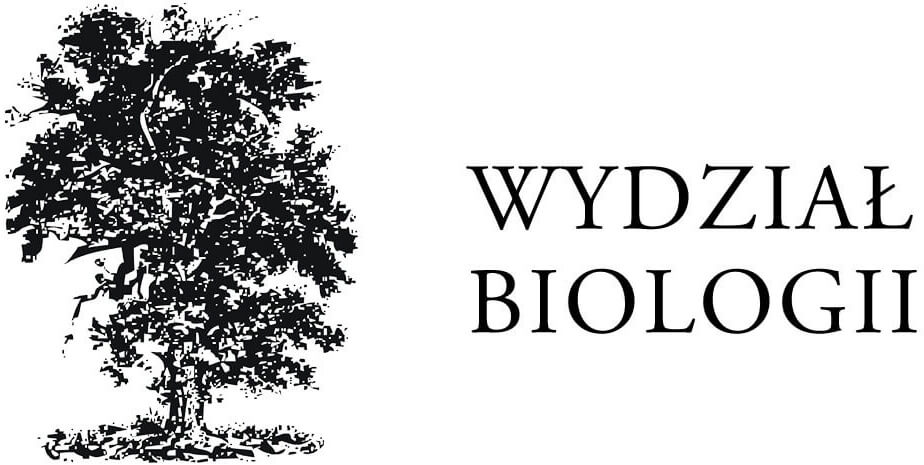Geometry in cells
Dr Łucja Kowalewska with collaborators
The natural world fascinates with its geometric structures: from spiral shells to fractal leaves. Equally remarkable forms are hidden in the microscopic world of biological membranes. These membranes, often considered flat structures, can, under certain conditions, form complex three-dimensional arrangements, such as cubic membranes.
Research on biological membranes has shown that natural cubic structures are found in plastids – plant organelles responsible for photosynthesis. In chloroplasts, under conditions suitable for the photosynthesis process, the inner membranes form flat arrangements. However, these arrangements arise from three-dimensional diamond-like structures, and under specific conditions, they can transform into other forms, such as the gyroid.
Using advanced microscopic methods, 3D modeling, and biochemical techniques, the team is working to answer key questions: What molecular mechanisms control the formation of cubic membranes? How does the transformation between flat and three-dimensional structures occur? What biological functions do these unique structures perform?
Natural cubic membranes are characterized by exceptional stability and scale, which have not yet been replicated in the laboratory. Understanding the mechanisms behind their formation could inspire the creation of biomimetic materials with wide applications.
MODERN APPLICATIONS:
Understanding the mechanisms of cubic membrane formation can support the design of biomimetic materials with advanced properties, useful for precise drug delivery or biotechnology applications.
FIGURE CAPTIONS:
Top: Biological membrane structure in magnification. Unique cubic membrane arrangements with diamond-like structures, as well as regular, repeating patterns typical for lamellar and gyroid membranes, are visible.
Bottom: 3D geometric models of biological membranes: lamellar structure (flat, ordered layers), gyroid (spatial network of minimal surfaces), and diamond-like structure.
RELATED PUBLICATIONS:
- Li B, Armarego-Marriott T, Kowalewska Ł, Thiele W, Erban A, Ruf S, Kopka J, Schöttler MA, Bock R. (2024) Membrane protein provision controls prothylakoid biogenesis in tobacco etioplasts.Plant Cell 36: 4862–4880. doi:1093/plcell/koae259
- Hain TM, Bykowski M, Saba M, Evans ME, Schröder-Turk GE, Kowalewska Ł. (2022) SPIRE-a software tool for bicontinuous phase recognition: application for plastid cubic membranes.Plant Physiol 188:81-96. doi:1093/plphys/kiab476
- Sandoval-Ibáñez O et al. (2021) Curvature thylakoid 1 proteins modulate prolamellar body morphology and promote organized thylakoid biogenesis in Arabidopsis thaliana.Proc Natl Acad Sci U S A. 118:e2113934118. doi:1073/pnas.2113934118
- Bykowski M, Mazur R, Buszewicz D, Szach J, Mostowska A, Kowalewska Ł. (2020) Spatial Nano-Morphology of the Prolamellar Body in Etiolated Arabidopsis thaliana Plants With Disturbed Pigment and Polyprenol Composition.Front Cell Dev Biol 8:586628. doi:3389/fcell.2020.586628
- Armarego-Marriott T et al. (2019) Highly Resolved Systems Biology to Dissect the Etioplast-to-Chloroplast Transition in Tobacco Leaves.Plant Physiol 180:654-681. doi:1104/pp.18.01432
- Skupień J, Wójtowicz J, Kowalewska Ł, Mazur R, Garstka M, Gieczewska K, Mostowska A. (2017) Dark-chilling induces substantial structural changes and modifies galactolipid and carotenoid composition during chloroplast biogenesis in cucumber (Cucumis sativus L.) cotyledons.Plant Physiol Biochem 111:107-118. doi:1016/j.plaphy.2016.11.022
- Kowalewska Ł, Mazur R, Suski S, Garstka M, Mostowska A. (2016) Three-Dimensional Visualization of the Tubular-Lamellar Transformation of the Internal Plastid Membrane Network during Runner Bean Chloroplast Biogenesis.Plant Cell 28:875-891. doi:1105/tpc.15.01053
RELATED PROJECTS:
- The formation of the Prolamellar body: where biology meets geometry – Opus-Lap grant, National Science Centre (NCN) and Deutsche Forschungsgemeinschaft (DFG), 2024-2027, PI: Ł. Kowalewska
- Badanie mechanizmu wywołanych światłem zmian w organizacji błon chloroplastowych – New Ideas 3A grant, Excellence Innitiative – Research University (IDUB) Programme, 2024, PI: J. Wójtowicz
- GranaMeasure – informatyczne narzędzie do kompleksowej analizy nanomorfologii tylakoidów gran – „Talenty Jutra” grant, Foundation „Empiria i Wiedza”, 2023, PI: A. Bukat
- Formation of cubic membrane arrangements in chloroplasts of angiosperms – Sonata grant, National Science Centre (NCN), 2020-2024, PI: Ł. Kowalewska
